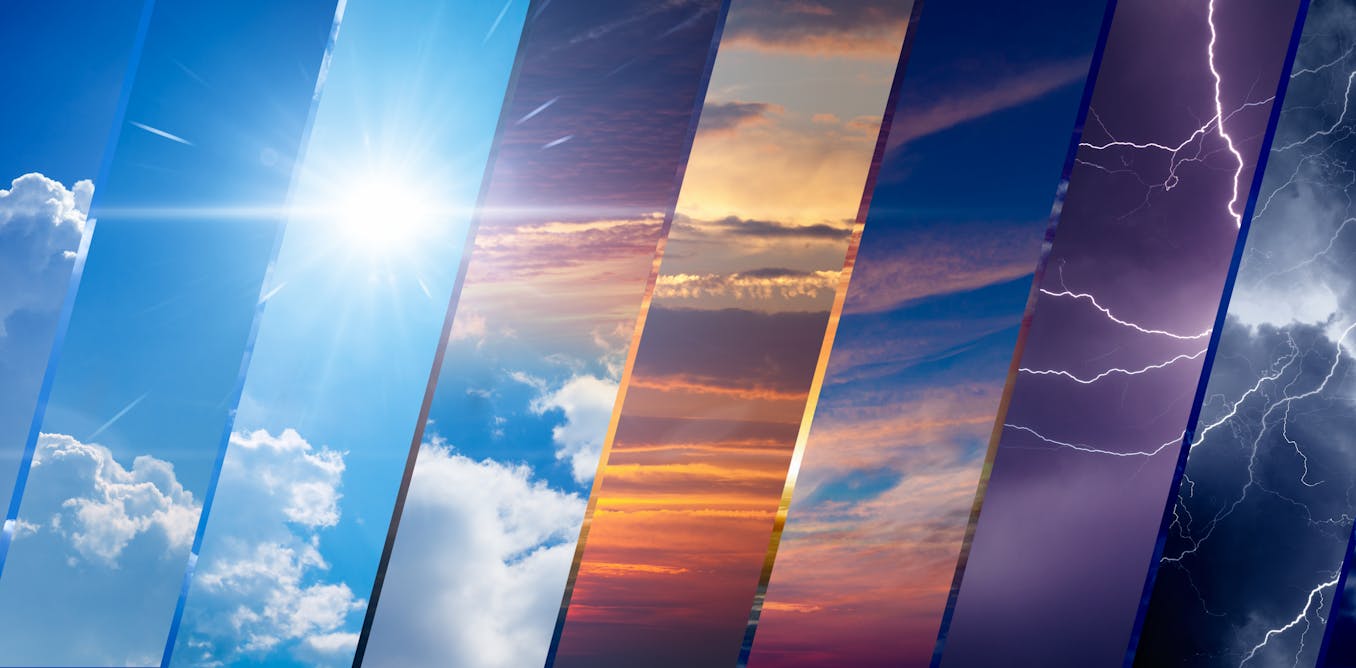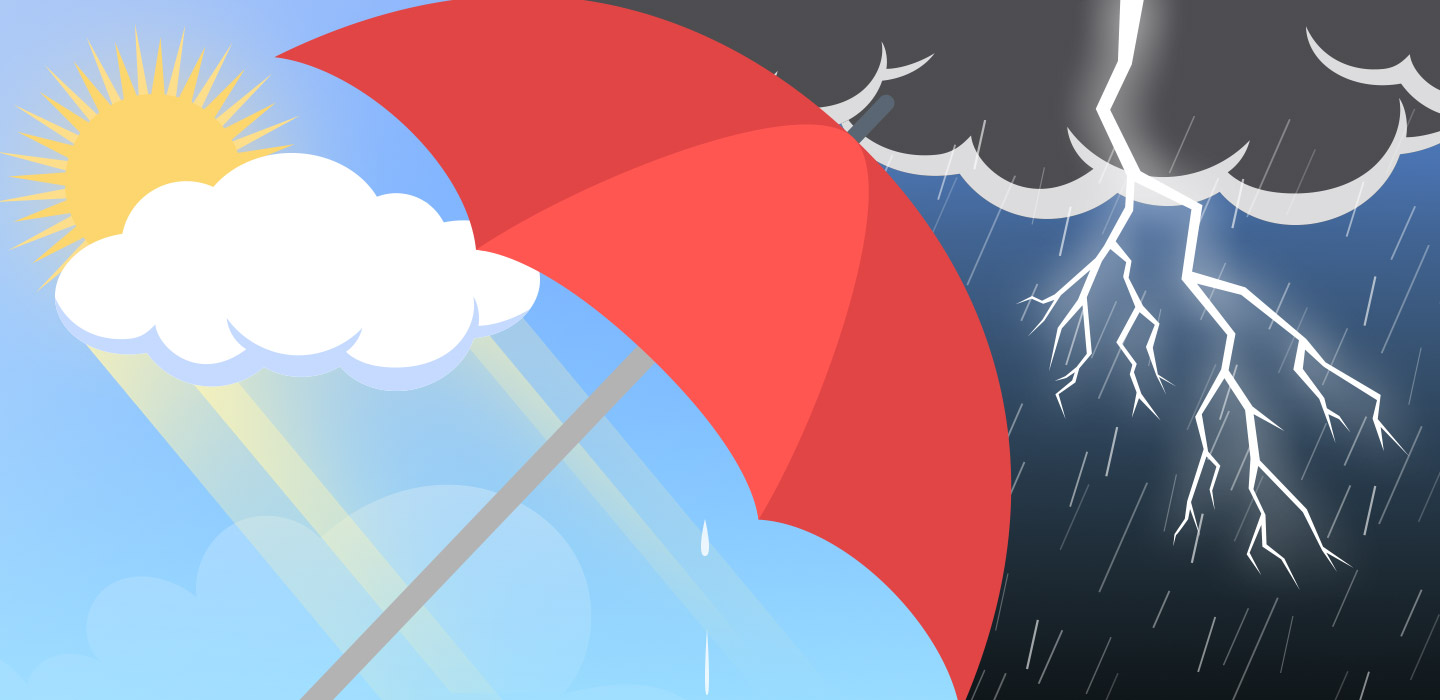Actual Weather, Weather Makers: Decoding the Forces Behind Our Skies
Weather is the pulse of our planet, a dynamic interplay of atmospheric forces that shapes our daily lives. From the gentle patter of rain to the fury of a hurricane, actual weather is the real-time manifestation of countless natural and, increasingly, human-influenced processes. But what are the "weather makers" behind these phenomena? This article delves into the science of actual weather, the natural and artificial forces that drive it, and the tools and technologies used to study and even manipulate it. By understanding these weather makers, we gain insight into the atmosphere’s complexity and humanity’s evolving role in shaping it.
What is Actual Weather?
Actual weather refers to the real-time atmospheric conditions at a specific location and moment—temperature, humidity, wind speed, precipitation, and more. Unlike a forecast, which predicts future conditions, actual weather is what you experience when you step outside. It’s the drizzle on your morning commute or the heatwave disrupting your weekend plans. Actual weather is measured using instruments like thermometers, anemometers, and rain gauges, often compiled into data by weather stations and shared through apps or reports.

The study of actual weather falls under meteorology, a science that relies on weather books and meteorology textbooks to explain phenomena like cloud formation or atmospheric pressure. These resources help us understand the "weather makers"—the natural and human-induced forces that create the conditions we observe.
Read more: Weather Education: Unlocking the Science of the Skies Through Books and Textbooks
Natural Weather Makers
The primary drivers of actual weather are natural processes, rooted in the Earth’s physical systems. These weather makers operate on scales ranging from global to local, creating the diverse conditions we experience.
1. Solar Energy
The sun is the ultimate weather maker, driving the Earth’s climate system. Solar radiation heats the planet unevenly, creating temperature gradients that fuel atmospheric circulation. This energy powers winds, ocean currents, and the water cycle, leading to phenomena like rain or snow. Weather textbooks often emphasize the role of solar energy in initiating weather patterns, such as the formation of high- and low-pressure systems.
2. Atmospheric Dynamics
The atmosphere is a chaotic system where air masses, pressure systems, and jet streams interact. For example, the collision of warm and cold air masses can produce thunderstorms, while the jet stream steers storm systems across continents. Meteorology books like Meteorology Today by C. Donald Ahrens explain how these dynamics shape actual weather, from a foggy morning to a tornado outbreak.
3. Topography
Earth’s physical features—mountains, valleys, and coastlines—act as local weather makers. Mountains force air upward, cooling it and triggering precipitation (orographic lift), while coastal areas experience sea breezes due to land-ocean temperature differences. These effects are why actual weather can vary dramatically over short distances, as detailed in weather studies textbooks.
4. The Water Cycle
Evaporation, condensation, and precipitation form the water cycle, a critical weather maker. Oceans, lakes, and rivers release water vapor, which forms clouds and eventually falls as rain or snow. This cycle drives much of the actual weather we experience, from humid summer days to winter blizzards.
Human-Induced Weather Makers
While nature has long been the dominant weather maker, human activities increasingly influence actual weather. These anthropogenic weather makers range from unintentional side effects to deliberate interventions.
1. Urban Heat Islands
Cities, with their concrete and asphalt, absorb and retain heat, creating urban heat islands where actual weather is warmer than in surrounding rural areas. This can intensify heatwaves or alter local precipitation patterns. Weather books often cite cities like Los Angeles or Tokyo as examples, where urban sprawl measurably affects temperature and humidity.
2. Pollution and Aerosols
Air pollution, including aerosols like soot or sulfates, can modify weather. Aerosols act as cloud condensation nuclei, influencing cloud formation and rainfall. In some cases, heavy pollution reduces solar radiation (global dimming), cooling local areas. Meteorology textbooks discuss how industrial emissions in regions like South Asia have altered monsoon patterns.

3. Climate Change
Human-driven climate change, primarily through greenhouse gas emissions, is a long-term weather maker that affects actual weather. Rising global temperatures intensify heatwaves, storms, and droughts, while melting ice caps alter ocean currents. Weather studies textbooks highlight how climate change amplifies extreme weather, making events like hurricanes more destructive.
4. Weather Modification
Deliberate weather modification, such as cloud seeding, is a direct human attempt to influence actual weather. Cloud seeding involves dispersing substances like silver iodide to encourage rainfall, often used in drought-prone areas. While controversial and limited in scope, it’s a growing field, with meteorology books exploring its potential and ethical implications.
Tools for Studying Actual Weather
To understand and predict actual weather, meteorologists rely on sophisticated tools and technologies. These instruments and systems are the bridge between weather makers and the data we use to interpret them.
1. Weather Stations
Ground-based weather stations measure temperature, humidity, wind, and precipitation in real time. These stations provide the raw data for actual weather reports, often detailed in weather textbooks as the backbone of meteorology.
2. Satellites
Weather satellites capture images and data on cloud cover, storms, and atmospheric conditions from space. They’re essential for tracking large-scale weather makers like hurricanes or El Niño. Meteorology textbooks like The Atmosphere by Lutgens and Tarbuck explain how satellite data enhances our understanding of global weather patterns.
3. Radar
Doppler radar detects precipitation and wind patterns, helping meteorologists identify rain, hail, or tornadoes in actual weather. It’s a critical tool for short-term forecasting, as outlined in weather studies textbooks.
4. Computer Models
Numerical weather prediction models simulate the atmosphere using data from weather makers like solar radiation or ocean temperatures. These models, run on supercomputers, translate raw data into forecasts. Meteorology books emphasize their role in bridging actual weather observations with future predictions.
The Role of Education in Understanding Weather Makers
To fully grasp actual weather and its makers, education is key. Weather books like The Weather Book by Jack Williams offer accessible introductions for enthusiasts, explaining how solar energy or topography shapes daily conditions. For students and professionals, meteorology textbooks such as Essentials of Meteorology by C. Donald Ahrens provide rigorous analyses of atmospheric physics and human impacts. Weather studies textbooks, often used in online courses, blend theory with practical applications, teaching readers to interpret weather data or assess climate change effects.
These resources empower individuals to understand the interplay of natural and human weather makers. They also foster critical thinking about humanity’s role in altering actual weather, from urban planning to climate policy.
Challenges and Future Directions
Despite advances in meteorology, studying actual weather remains challenging. Weather makers are complex and interconnected, making precise predictions difficult, especially for local or extreme events. Human-induced weather makers, like pollution or climate change, add further uncertainty, as their long-term impacts are still being studied. Meteorology books note that improving models and expanding data collection—through more satellites or ground stations—are critical next steps.
The future of weather making may see expanded human intervention. Technologies like geoengineering, which could cool the planet by reflecting sunlight, are being explored, though they raise ethical concerns. Weather studies textbooks often discuss these debates, urging caution and further research.
Conclusion
Actual weather is the tangible result of countless weather makers, from the sun’s radiant energy to human emissions and cloud-seeding experiments. Understanding these forces requires a blend of observation, technology, and education. Tools like satellites and radar capture the data, while weather books, meteorology textbooks, and weather studies textbooks provide the knowledge to interpret it. As humanity’s influence on weather grows, so does the need to study and responsibly manage these weather makers.
Whether you’re a curious observer marveling at a thunderstorm or a scientist analyzing climate trends, the study of actual weather connects us to the planet’s dynamic atmosphere. Dive into a weather book or meteorology textbook to explore this fascinating science, and discover how the weather makers shape the skies above us.
DEALS DELIVERED TO YOUR INBOX.
Subscribe now for top-notch shopping & Investing advice. Receive hot Vouchers into your wallet
By submitting your information you agree to the Terms & Conditions and Privacy Policy
Related Articles

Amped Up Ink: Electrifying Electric Guitar Tattoo Ideas That Rock Harder Than Sound Itself

Mini Martinis: Small Sips, Big Flavor

Ink the Unseen: Haunted House Tattoo Ideas Full of Shadows, Stories, and Spine-Tingling Style

How to Decorate Your Home for Christmas on a Budget

Glamorous Glow: Timeless Wedding Makeup Inspirations from Real Brides
.png)
Top 10 Statement Bridal Jewelry Ideas for Your Enchanted Wedding Day
Popular Brands
View all
Biogetica.com
5 Coupons Available

ForexNChill Academy
5 Coupons Available

HomeMart
5 Coupons Available

NOWPayments
5 Coupons Available

Tolt
5 Coupons Available

Taisk
5 Coupons Available
Popular Articles
View all
Winter Coats Women Shearling: Top 10 Ideas for a Chic and Cozy Winter Style

The Ultimate Guide to Home Business Tax Deductions in 2025

Bloom in Autumn with These 10 Stunning Fall Floral Centerpieces for Weddings in 2025 – Design Yours Now!
.png)
Eco-Friendly Dog Products: Sustainable Choices for Your Pet

15+ Trendy Halloween Costumes for Women: Unleash Your Inner Character

A Dance of Aromas: Crafting the Perfect Cup of Persian Tea
LATEST

Last updated: Jun 25, 2025

Last updated: Jun 26, 2025

Last updated: Jun 13, 2025

Last updated: May 23, 2025

Last updated: May 22, 2025
.png)
Last updated: May 20, 2025
